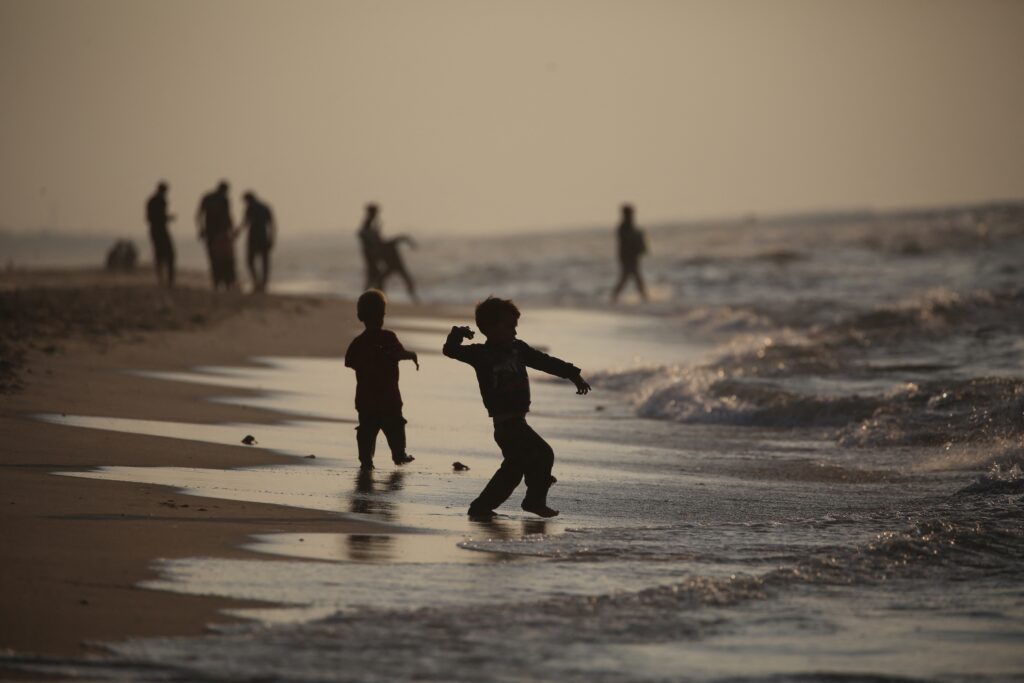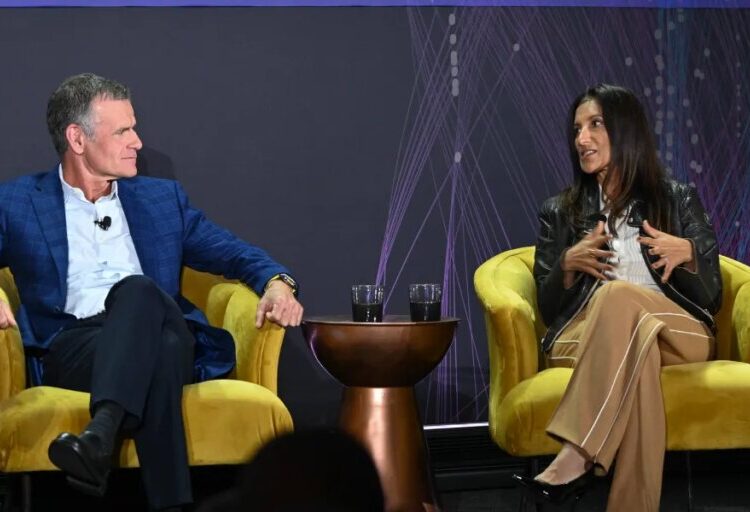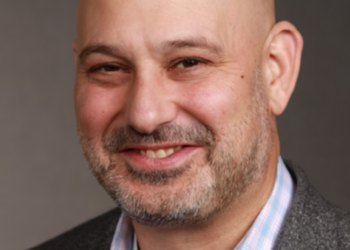Mike Waltz is the U.S. ambassador to the United Nations.
Just weeks ago, in early October, the Middle East was still mired in conflict. Israeli hostages were still held captive by Hamas terrorists, and Palestinians in Gaza suffered as the war raged on. Then President Donald Trump secured a historic peace deal, with the support of Qatar, Egypt and Turkey.
Mike Waltz is the U.S. ambassador to the United Nations.
Just weeks ago, in early October, the Middle East was still mired in conflict. Israeli hostages were still held captive by Hamas terrorists, and Palestinians in Gaza suffered as the war raged on. Then President Donald Trump secured a historic peace deal, with the support of Qatar, Egypt and Turkey.
The hostages were released and returned home after years of torment at Hamas’s hands. The people of Gaza received a massive influx of critical, lifesaving aid. A region in chaos took the first step along the path to a real and lasting peace. For the first time in years, a stable, safe and prosperous future in the Middle East became possible.
But forging that future is no small task. Along the way, there will be key junctures, moments in which the world must choose to stay the course, to encourage diplomacy instead of destruction, stability instead of suffering, and peace instead of war.
We now find ourselves in such a moment, with the U.N. Security Council soon to consider a resolution to welcome the establishment of the president’s proposed Board of Peace and authorize the agreement’s International Stabilization Force in Gaza, as well as reaffirm the critical importance of humanitarian assistance. This resolution will include President Trump’s peace plan and give financial institutions and troop-contributing nations the international mandate to stabilize Gaza through investment and the creation of a security force.
It is an opportunity for the United States and our international partners to take concrete action and renew our commitment to the project of peace and build a future in which Gaza is governed by the Palestinian people — not Hamas.
The Board of Peace will serve as a cornerstone in the effort to rebuild Gaza, acting as a transitional administration led by President Trump.
The Board will provide support for a technocratic committee of Palestinians responsible for day-to-day operations of Gaza’s civil service and administration during a transitional period, while the Palestinian Authority carries out its reform commitments. This bold approach will finally pave the way for a future in which the Palestinian people can determine their own destiny free from the grip of Hamas terrorists.
The Board will also coordinate the delivery of humanitarian assistance and facilitate the rebuilding of Gaza and its development as a region in which Palestinians can thrive and become self-sustaining.
World Bank President Ajay Banga offered his support for the pending resolution, pledging that “the World Bank stands ready to bring its full support to the reconstruction and redevelopment of Gaza.” He specifically noted that the authority given to the Board of Peace in the resolution “would provide the needed framework for engagement by the Bank.”
This framework and the investment that will follow will nurture a nascent, rebuilt Gazan economy, providing Palestinians the opportunity to build a prosperous future unencumbered from perpetual reliance on foreign aid.
Just as critical as the creation of the Board of Peace is establishment of the International Stabilization Force, a multinational force with a mandate to demilitarize Gaza, dismantle terrorist infrastructure, decommission weapons used by terrorists and maintain the safety of the Palestinian people over a two-year term.
The creation of the ISF is one of the critical pillars outlined in the president’s 20-point peace plan, which was celebrated by leaders in the Middle East and around the world.
This force will work in coordination with the Arab Republic of Egypt and the State of Israel, as well as with a Palestinian police force, to stabilize Gaza, secure key humanitarian corridors and assist in the implementation of the president’s 20-point plan.
It is for these reasons that the vote at the U.N. Security Council will not merely decide the fate of the Board of Peace and the ISF. It will determine if the region will continue on the path to a durable peace or if its people will risk being plunged again into conflict and misery.
The Board of Peace is the only path to a secure Gaza in which Palestinians can determine their own destiny, free from either terrorist rule or occupation. Any refusal to back this resolution is a vote either for the continued reign of Hamas terrorists or for the return to war with Israel, condemning the region and its people to perpetual conflict.
Every departure from this path, be it by those who wish to play political games or to relitigate the past, will come with a real human cost that can be measured in the number of lives lost. Endless debate that delays the passage of this resolution imposes real, tangible and unnecessary consequences on the Palestinians in Gaza. While lawyers debate the locations of commas, Hamas continues tyrannizing Gaza, looting, taxing and killing Palestinians in desperate attempts to maintain control.
Ensuring stability in Gaza and creating a lasting peace in the region may be a long and arduous process, but the next step along the path is clear. The U.N. Security Council has an opportunity to meet this moment in the best spirit of its founding principles, and should seize it.
The post The path to peace in Gaza comes to a crossroads at the U.N.
appeared first on Washington Post.




